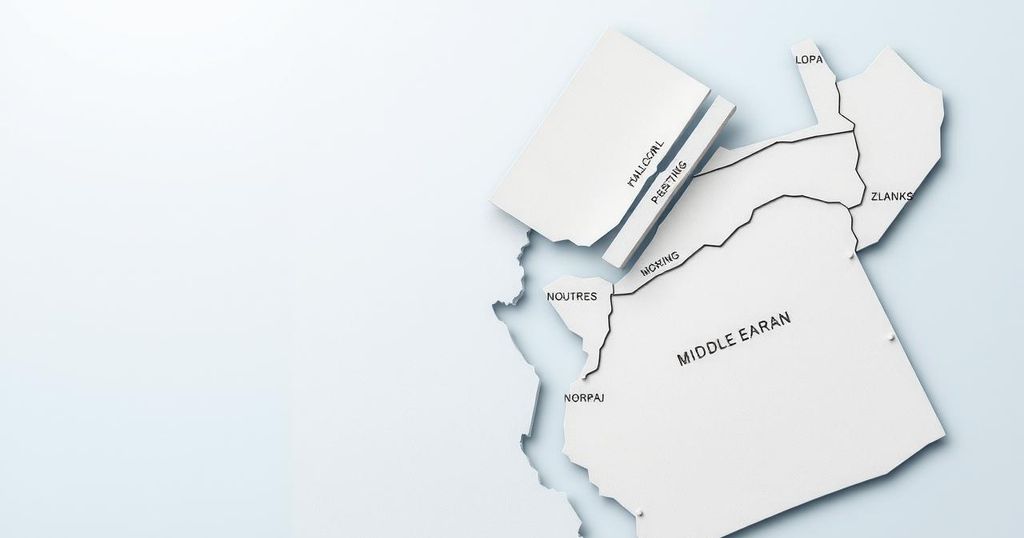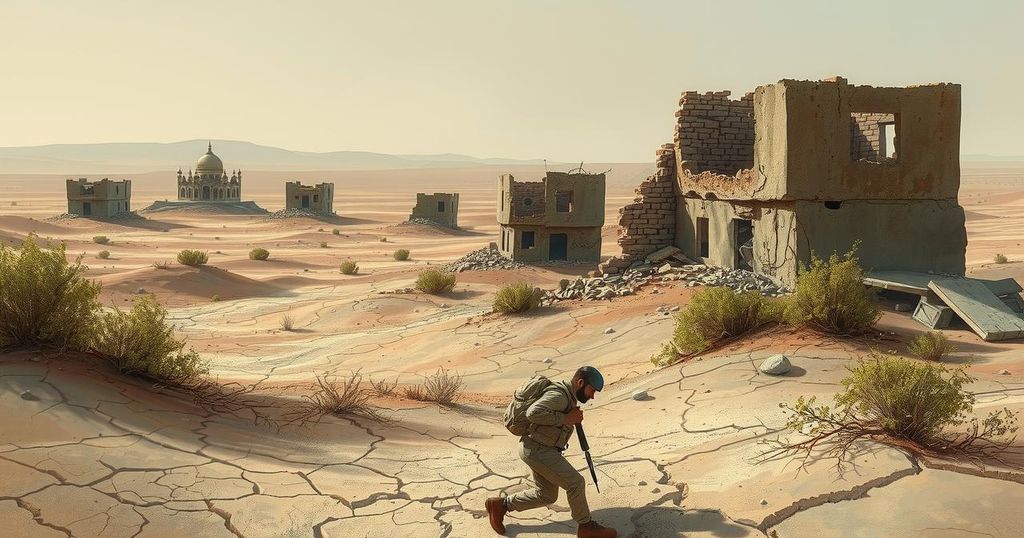Tensions in Tigray, Ethiopia, are escalating, prompting civilian evacuations amid military mobilizations by Eritrean and Ethiopian forces. The situation is complicated by internal divisions within the Tigray People’s Liberation Front and Ethiopia’s pursuit of Red Sea access, raising concerns about a broader conflict in the Horn of Africa due to failed peace agreements and regional geopolitics.
Recent tensions in Ethiopia’s Tigray region have prompted significant civilian displacement as fears of renewed conflict mount. The military buildup by both Eritrean and Ethiopian forces along the border indicates a deterioration of relations. The combination of Ethiopia’s ambition for Red Sea access and internal power struggles within the Tigray People’s Liberation Front (TPLF) heightens the risk of a broader conflict in the Horn of Africa.
The resurgence of tensions stem from divisions within the TPLF, particularly between factions loyal to President Getachew Reda and Chairman Debretsion Gebremichael. Eritrea’s support of TIRA, seen as favoring the federal government, has exacerbated these divisions. Reda’s leadership appointed under the 2022 Pretoria Agreement has further strained TPLF cohesion, as dissenting factions aim for greater control over Tigray.
Violent clashes erupted recently, forcing Reda to retreat to Addis Ababa following an uprising from TPLF forces loyal to Gebremichael. Major towns in Tigray, including Mekelle, have fallen under the control of rival factions, which have established alternative governance structures. Civilian withdrawal and military mobilization are visible, suggesting an escalating crisis.
Despite recent negotiations in Addis Ababa to appoint a new TIRA leader, tensions persist with factional remobilization amid unfulfilled provisions of the Pretoria Agreement, particularly regarding disarmament. Ethiopia’s ongoing refusal to officially acknowledge the TPLF politically continues to fuel unrest, alongside unresolved territorial disputes.
Increased hostilities both within Tigray and between Ethiopia and Eritrea have deepened diplomatic tensions. Ethiopia’s pursuit of Red Sea access is seen as a threat by Eritrea. The two nations have historically accused each other of supporting insurgencies within their borders, complicating efforts for stabilization following the Tigray conflict from 2020 to 2022.
Ethiopia’s military is currently stretched due to deployments combating other domestic threats. A full-scale war with Eritrea could exacerbate ethnic violence within Ethiopia, as various armed factions may capitalize on the ensuing chaos. Eritrea appears poised to exploit Ethiopia’s military vulnerabilities to further its strategic interests.
The instability in Tigray carries broader implications for the region, entangling both nations in the Sudanese civil conflict and affecting relations with external powers. Saudi Arabia’s concerns about Ethiopian military expansion contrast with the United Arab Emirates’ support for Ethiopia in the Red Sea, revealing complex geopolitical dynamics.
Jihadist groups operating in the Horn of Africa may also seek to exploit the heightened tensions in Tigray, further destabilizing the region. Reports have indicated potential collaborations between Ethiopian insurgent groups and entities like al-Shabaab, highlighting the risks of a spiraling conflict that could affect not only Ethiopia but the greater Horn of Africa as well.
The renewed tensions in Tigray pose a significant risk of escalating into a larger conflict, driven by internal disputes within the Tigray People’s Liberation Front and external pressures from Eritrea. Diplomatic relations remain fraught, exacerbated by Ethiopia’s ambition for Red Sea access, while the failure to implement previous peace agreements complicates prospects for stability. With regional and international stakeholders affected, the situation necessitates close monitoring to prevent wider conflict and humanitarian crises.
Original Source: thesoufancenter.org




